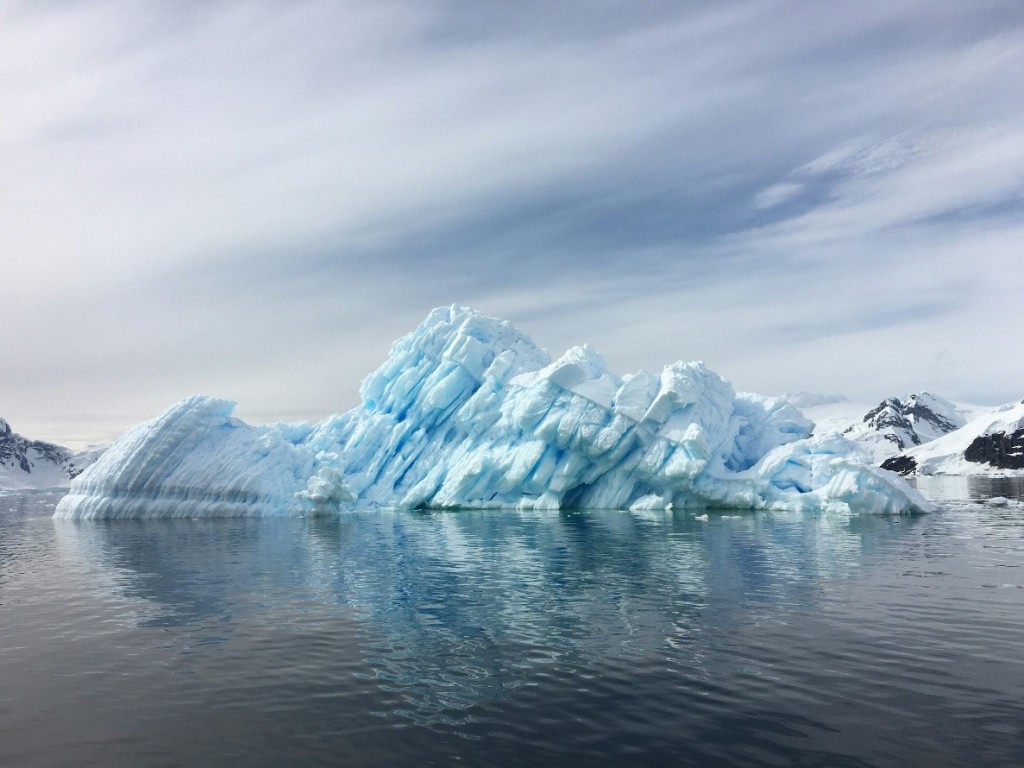WMO climate report: What will the next five years bring?

The World Meteorological Organization (WMO) published a global climate report last June, focusing on climate change between 2025 and 2029. This blog post examines the report’s predictions and their implications, particularly for the Nordic countries and the Arctic region, where changes are expected to appear most rapidly. This text is part of the S4M project and concludes with a brief look at how cruise ships are linked to global warming. In addition to the WMO report, the materials include an interview with meteorologist Petteri Taalas on Yle’s morning show and a study by the European Federation for Transport and Environment.
In recent years, there have been increasing reports of temperature records, droughts, and wildfires, and at the same time, the year 2024 was the warmest year on record so far. According to the WMO report, this negative trend is expected to continue, and the next five-year period will likely be the warmest in recorded history. The report predicts that the average near-surface temperature over the next five years will be 1.2–1.9 °C higher than the 1850–1900 average. In the Arctic, the average temperature anomaly is expected to be 2.4 °C above the 1991–2020 average—three and a half times greater than the global average anomaly.
Europe’s climate has changed significantly due to global warming and has warmed more than any other continent. The primary driver of global warming is the high concentration of carbon dioxide in the atmosphere—the highest in 800,000 years. This increase is largely due to the use of fossil fuels, especially in the energy, transport, and industrial sectors. Since the removal of carbon dioxide from the atmosphere through sedimentation is a slow process, Taalas states that there is no return to the cooler climate of the last century and we are likely to live in this warmer climate for thousands of years. If the Paris Agreement’s target of limiting warming to 1.5–2.0 °C is achieved soon, the negative trend could be reversed by the 2060s but until then, the frequency of droughts, heatwaves, floods, and tropical storms will continue to rise. Currently, we are on a path toward 2.5–3.0 °C of warming, Taalas notes.
The rise in global average temperature is causing ocean warming, which increases evaporation. The warmer atmosphere can hold about 10% more moisture, leading to more intense rainfall and higher flood risks. In Finland, this increase in precipitation will be most noticeable during the winter months. Southern Finland will experience wetter winters, while snowfall may increase in Lapland. However, the overall snow season will shorten across the country. The change will not be uniform, and annual variability is expected. In addition to Finland, precipitation is expected to increase in Northern Europe, Northern Siberia, and Alaska over the next five years.
Rapid warming also significantly affects the melting of mountain glaciers and large ice sheets. The report predicts a decline in sea ice between 2025 and 2029 in the Barents Sea, Bering Sea, Sea of Okhotsk, and Labrador Sea. According to Taalas, glacier melting will continue for thousands of years due to high atmospheric carbon dioxide levels, and mountain glaciers are most likely to disappear entirely this century. Larger ice sheets, such as those in Greenland and Antarctica, are also melting but at a slower rate and are not at immediate risk of disappearing. However, their melting contributes significantly to sea level rise, which is projected to increase by 0.5 to 1 meter over the next century. In Finland, land uplift, especially along the west coast, will help mitigate the effects of sea level rise.
While the energy, transport, and industrial sectors are major contributors to global carbon dioxide emissions, maritime traffic—particularly cruise ships—also play a role. According to a 2023 study by the European Federation for Transport and Environment, cruise ship emissions in the European Economic Area increased by 17% between 2019 and 2022. Emissions of black carbon and methane also rose, further contributing to global warming. The increase in emissions is due to the growing number of cruise ships and the continued use of fossil fuel-based energy sources. To reduce emissions, efforts should begin already in the shipbuilding phase by favoring circular economy and environmentally friendly solutions. It is also important to remember that climate change mitigation should be pursued in every sector, regardless of the sector’s share of global emissions.
Although the effects of climate change are becoming more and more visible each year and we may have already lost the battle for glaciers, there is still hope. According to Taalas, climate-positive investments are increasing worldwide, both on large and small scales. He cites the growing use of renewable energy sources—where Europe has been a leader—and the rising popularity of electric vehicles. Taalas also emphasizes the power of consumers to make a difference through dietary changes and purchasing decisions. While there are signs of positive progress in combating climate change, significant global action is still needed to steer us toward the 2.0 °C warming target.
Author: Emma Jokilammi, Student Assistant, Turku University of Applied Sciences
Circular Business Models Research Group
Sources:
World Meteorological Organization (WMO), 2025. Global Annual to Decadal Climate Update (2025-2029)
Ylen aamu, 2025. Maailman ilmatieteen laitos julkaisee ilmastoraporttinsa.
https://areena.yle.fi/1-72625002?utm_medium=social&utm_campaign=areena-ios-share
Transport & Environment, 2023. The return of the cruise. https://www.transportenvironment.org/uploads/files/2023-Cruise-ship-study_2024-05-07-143832_lapq.pdf
